Diarrhea e coli symptoms 197251-Diarrhea e coli symptoms
E coli is the name of a type of bacteria that lives in your intestines Most types of E coli are harmless However, some types can make you sick and cause diarrhea One type causes travelers' diarrhea The worst type of E coli causes bloody diarrhea, and can sometimes cause kidney failure and even deathE coli infection This bacterium causes many symptoms of diarrhea, including red stools You can get E coli from eating undercooked beef, drinking raw milk, or eating food infected with animal fecesThe most common symptoms of an E coli infection include a low fever, pain in the abdomen, and diarrhea E coli patients can also experience kidney failure, seizures, dehydration, confusion, and
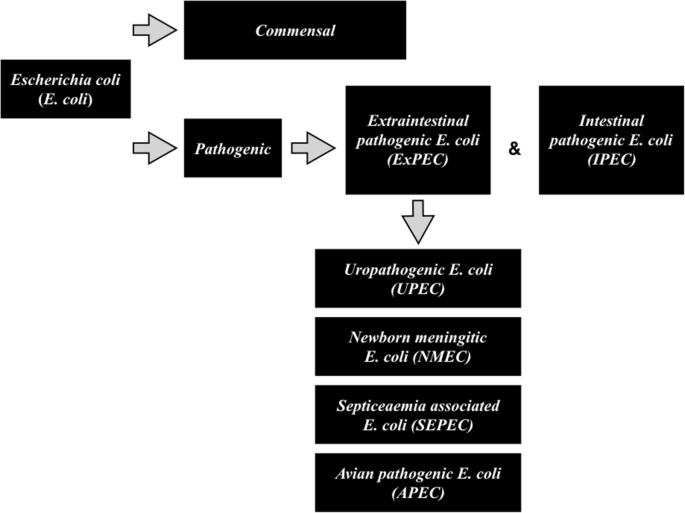
Virulence Factors Prevalence And Potential Transmission Of Extraintestinal Pathogenic Escherichia Coli Isolated From Different Sources Recent Reports Gut Pathogens Full Text
Diarrhea e coli symptoms
Diarrhea e coli symptoms-Some strains of E coli in particular, called "STEC," make a toxin that can trigger bloody diarrhea Other symptoms of a STEC infection Intense stomach crampsE coli enteric infections 1 Diarrhea All E coli infections in the gastrointestinal tract feature diarrhea as one of the leading signs It is actually the one that makes patients consult with their doctor because otherwise, the infection might be difficult to diagnose Diarrhea in E coli is by far the most important sign and depending on



An Outbreak Of Escherichia Coli O157 H7 Infections Among Visitors To A Dairy Farm Nejm
What is Escherichia coli (E coli) diarrhea?Symptoms of infection with E coli 0157 typically appear 3 to 4 days after being exposed to the bacteria However, symptoms may appear as early as 24 hours or as late as 1 week laterE coli is a bacteria found in the intestines of humans and all warmblooded animals Infections send more than 3,000 people to the hospital every year E coli symptoms include loss of appetite, nausea, gas and flatulence, chronic fatigue, sudden diarrhea that is very watery, and bloody stools Learn how NOT to get this bacterial infection!
Symptoms Traveler's diarrhea usually begins abruptly during your trip or shortly after you return home Most cases improve within one to two days without treatment and clear up completely within a week However, you can have multiple episodes of traveler's diarrhea during one trip The most common signs and symptoms of traveler's diarrhea areE coli is the name of a type of bacteria that lives in your intestines Most types of E coli are harmless However, some types can make you sick and cause diarrhea One type causes travelers' diarrhea The worst type of E coli causes bloody diarrhea, and can sometimes cause kidney failure and even deathThe kind of E coli that causes watery (and sometimes bloody) diarrhea is the Shiga toxinproducing E coli (STEC), which is spread through contaminated food or drinks Common foods include raw or undercooked ground meat, raw vegetables, and sprouts
Empiric antibiotic therapy decreases the duration of symptoms in patients with traveler's diarrhea5, 9 Enterotoxigenic E coli is the most common cause of traveler's diarrhea worldwide and isCausative Agent E coli is a bacterium with numerous serotypes, most of which normally inhabit the human intestinal tract with little ill effectSeveral strains, however, secrete toxins that act on the intestinal lining and cause disease E coli that cause diarrheal illness can be broken down into four categories based on virulence mechanism enterotoxigenic (ETEC), enteropathogenic (EPECE coli infection symptoms Symptoms occur after a brief "incubation period" and can start anytime within the week following exposure to bacteria, but most often occur on the third or fourth day after exposure Diarrhea Frequent (up to 10 times per day) loose stools, which may begin as watery and then turn into bright red blood Abdominal pain Belly pain begins mild but can become severe



E Coli Stock Illustration Download Image Now Istock
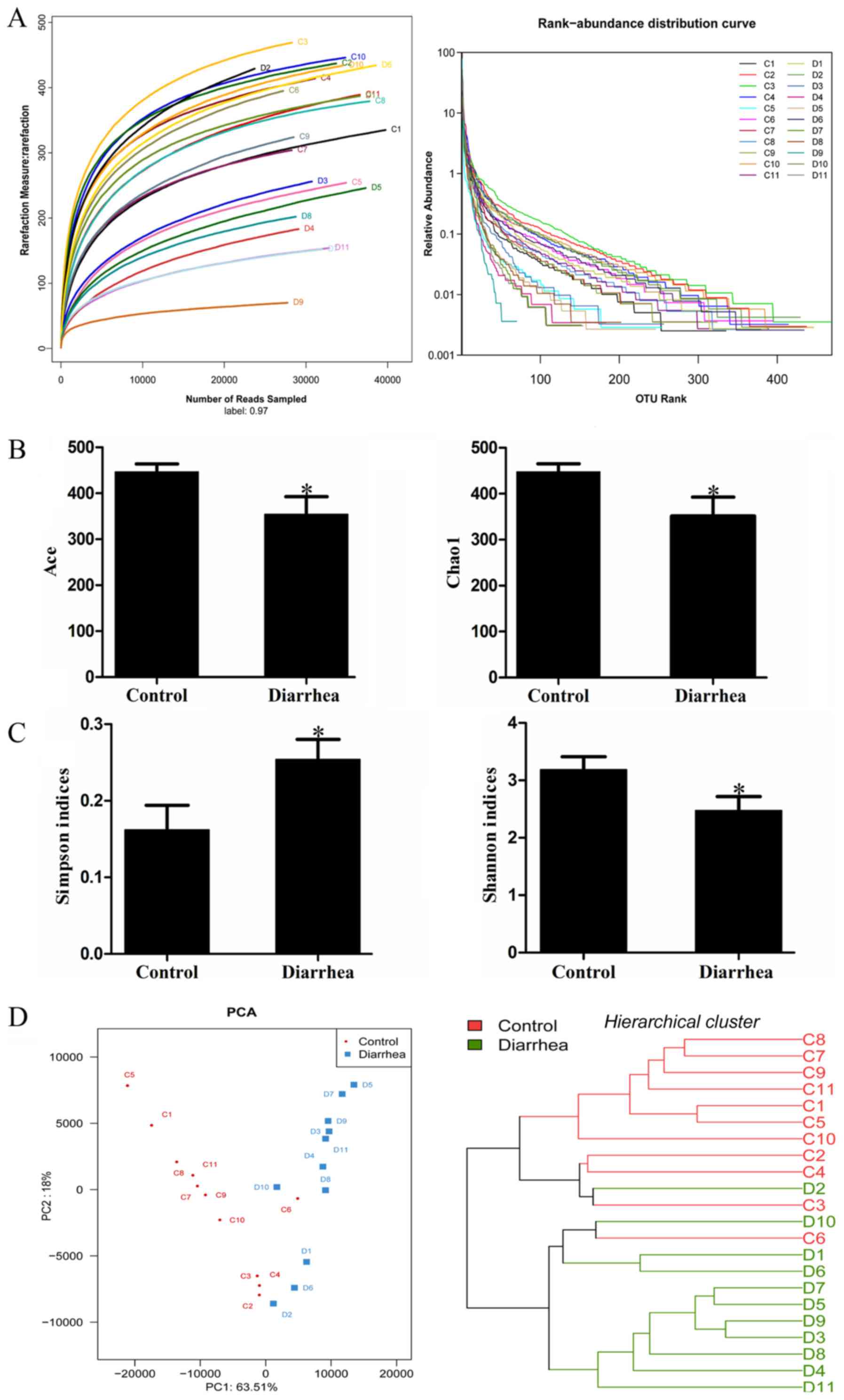


Escherichia Coli O101 Induced Diarrhea Develops Gut Microbial Dysbiosis In Rats
The E coli bacteria can cause wellknown illnesses, such as traveler's diarrhea Although it can manifest itself in many other ways, urinary infection and food poisoning are the most common pathological forms Escherichia coli infections are the most common cause of the syndrome known as traveler's diarrheaSome strains of E coli in particular, called "STEC," make a toxin that can trigger bloody diarrhea Other symptoms of a STEC infection Intense stomach crampsSymptoms of Ecoli Diarrhea The incubation period is between 1 to 7 days meaning that this time can elapse after exposure without any symptoms being present Ecoli infection causes diarrhea which can be watery and/or bloody A person may not even feel unwell prior to the onset of the diarrhea


E Coli What Is It How Does It Cause Infection Symptoms Causes



Acute Diarrhea In Adults American Family Physician
Most people recover within 1 week Some infections are very mild, but others are severe or even lifethreateningSymptoms Symptoms of Shiga toxinproducing E coli (STEC) infection vary for each person, but often include severe stomach cramps, diarrhea (often bloody), and vomiting Some people may have a fever, which usually is not very high (less than 101˚F/385˚C) Most people get better within 5 to 7 daysE coli O157H7 Hemorrhagic colitis or E coli O157H7 infection 18 days Severe (often bloody) diarrhea, abdominal pain and vomiting Usually, little or no fever is present More common in
/e-coli-symptoms-diagnosis-treatment-4174407_FINAL-5bc3f6a2c9e77c0051aa3143.png)


E Coli Symptoms Diagnosis And Treatment
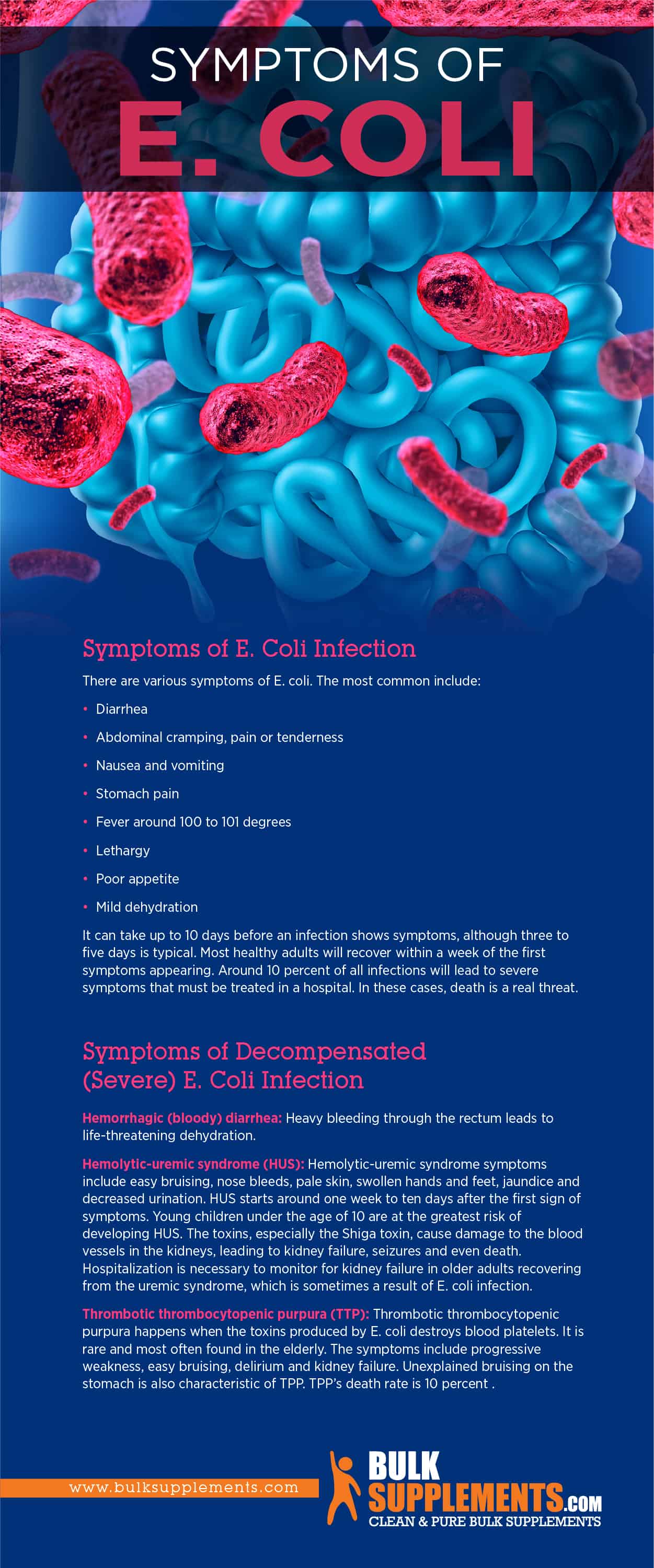


E Coli Infection Symptoms Causes Treatment Bulksupplements Com
Because antidiarrheals may exacerbate C difficile colitis or increase the likelihood of hemolyticuremic syndrome in Shiga toxin–producing Escherichia coli infection, they should not be used in bloody diarrhea of unknown cause Their use should be restricted to patients with watery diarrhea and no signs of systemic toxicityE coli symptoms may last about a week before patients start to feel better again But recuperation can vary depending on a person's age and general immune system health, said AdaljaE coli infection symptoms vary depending on the type of infection but often include watery or bloody diarrhea, severe stomach cramps, nausea, vomiting, confusion, and fatigue Symptoms may take a



Why E Coli Linked To Romaine Lettuce Remains An Extremely Difficult Problem Cbc News



Complications Of E Coli Infection About E Coli
A particular strain of E coli known as E coli O157H7 causes a severe intestinal infection in humans It is the most common strain to cause illness in people It can be differentiated from other E coli by the production of a potent toxin that damages the lining of the intestinal wall causing bloody diarrheaThere are many types of E coli (Escherichia coli) E coli can cause urinary tract and bladder infections, or lead to sepsis E coli O157H7 (EHEC) causes bloody diarrhea and colitis Complications of E coli infection include hemorrhagic diarrhea, hemolyticuremic syndrome, and thrombotic thrombocytopenic purpura Symptoms include severeE coli cause severe cramps and diarrhea These bacteria are a leading cause of bloody diarrhea The symptoms are worse in children and older people, and especially in people who have another illness E coli infection is more common during the summer months and in northern states



Diagnosis And Management Of Foodborne Illness American Family Physician



Diarrhoea Or Scours The Pig Site
You'll probably start to feel ill 2 to 5 days after you've ingested the E coli bacteria The most common symptoms are Abdominal cramps;People usually get sick from Shiga toxinproducing E coli (STEC) 2–8 days (average of 3–4 days) after swallowing the germ Most people infected with E coli develop diarrhea that can be bloody, severe stomach cramps, and vomiting;Enteroinvasive E coli (EIEC) invade the epithelial cells causing diarrhea with mucus and blood Enteroaggregative E coli (EAggEC) can cause acute and chronic (longlasting) diarrhea The most common bacterium that causes diarrhea in travelers is enterotoxigenic E coli (ETEC) Symptoms and Complications Enterotoxigenic E coli (ETEC) causes



Detailed Escherichia Coli Safe Drinking Water Foundation
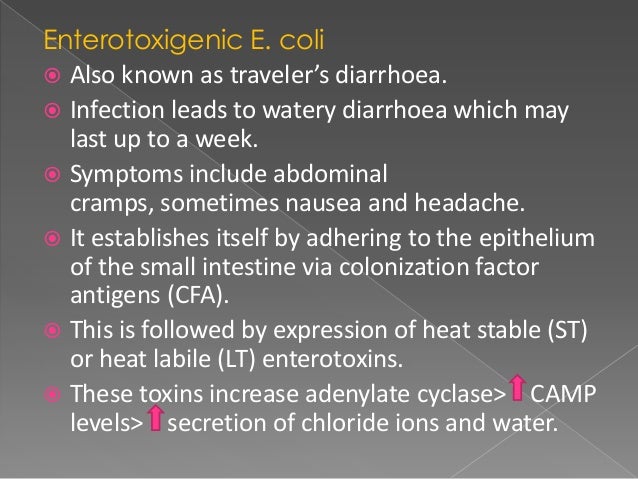


E Coli
Although many types of Escherichia coli (E coli) bacteria live normally in the intestinal tract, at least 5 types are known to cause diarrhea Shiga toxinproducing E coli has caused numerous outbreaks in group care settings Infections with Shiga toxinproducing E coli may be associated with other severe problems, such as bleeding from irritationSymptoms pertaining to the intestinal infection from E coli can include pain in the abdomen, fever, diarrhea, and dehydration Proper preparation of food and maintaining good hygiene along with pure drinking water can greatly reduce the risk of developing such intestinal infectionsAvoid taking an antidiarrheal medication — this slows your digestive system down, preventing your body from getting rid of the toxins



Escherichia An Overview Sciencedirect Topics



E Coli Infection In Canada The Canadian Encyclopedia
Treatment Treatment consists of supportive care, in particular, avoiding dehydration by administering fluids Antibiotics and antidiarrheal medicines (such as Imodium) are specifically not recommended for treating E coli O157 H7 infections The use of these medications has been associated with more severe illness;Once the bacteria colonizes, diarrhea followed by bloody diarrhea, hemorrhagic colitis, typically follows STECHUS is usually preceded by a prodrome of diarrhea, which is often bloody, and is caused by Shigalike toxinproducing bacteria such as enterohemorrhagic Escherichia coli (EHEC), of which E coli O157H7 is the most common serotypeTreatment For illness caused by E coli, no current treatments can cure the infection, relieve symptoms or prevent complicationsFor most people, treatment includes Rest;



Acute Diarrhea In Adults American Family Physician



E Coli Infections
E coli infection symptoms Symptoms occur after a brief "incubation period" and can start anytime within the week following exposure to bacteria, but most often occur on the third or fourth day after exposure Diarrhea Frequent (up to 10 times per day) loose stools, which may begin as watery and then turn into bright red blood Abdominal pain Belly pain begins mild but can become severeImprove surveillance of new and emerging diarrheogenic E coli strains through studies of sporadic or outbreakassociated cases of diarrhea of unknown etiology Measure the effect of nonvaccine interventions to prevent diarrheal disease on the incidence of infections caused by diarrheogenic E coli through collaborative intervention studiesE coli infection This bacterium causes many symptoms of diarrhea, including red stools You can get E coli from eating undercooked beef, drinking raw milk, or eating food infected with animal feces



Escherichia Coli 0157 H7



Symptoms Of E Coli Infection About E Coli
E coli type 157H7 is a virulent strain of E coli that has been the cause of several severe outbreaks of diarrhea E coli O157H7 bacteria are normally found in the intestines of cattle, poultry, and other animals A new European strain of E coli known as Shiga toxinproducing E coli O104 (STEC O104) has been responsible for a recent deadlyE coli O157H7 Hemorrhagic colitis or E coli O157H7 infection 18 days Severe (often bloody) diarrhea, abdominal pain and vomiting Usually, little or no fever is present More common inSymptoms of E coli Most people infected with Shiga toxinproducing E coli experience severe stomach cramps, diarrhea (often bloody), and vomiting Symptoms usually start 3 to 4 days after swallowing the bacteria



Symptoms And Time Course Of Escherichia Coli O157 H7 Infection Download Scientific Diagram
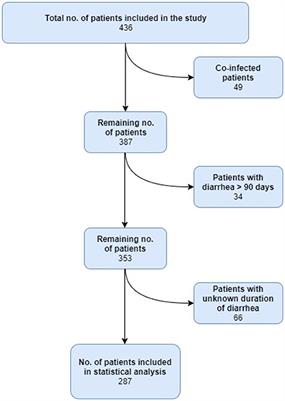


Frontiers Characterization Of Diarrheagenic Enteroaggregative Escherichia Coli In Danish Adults Antibiotic Treatment Does Not Reduce Duration Of Diarrhea Cellular And Infection Microbiology
E coli is the name of a type of bacteria that lives in your intestines Most types of E coli are harmless However, some types can make you sick and cause diarrhea One type causes travelers' diarrhea The worst type of E coli causes bloody diarrhea, and can sometimes cause kidney failure and even deathSymptoms pertaining to the intestinal infection from E coli can include pain in the abdomen, fever, diarrhea, and dehydration Proper preparation of food and maintaining good hygiene along with pure drinking water can greatly reduce the risk of developing such intestinal infectionsE coli (Escherichia coli) Symptoms begin 3 to 4 days after exposure Severe stomach cramps, diarrhea (often bloody), and vomiting Around 5–10% of people diagnosed with E coli develop a lifethreatening health problem


3



E Coli Infections
Fluids to help prevent dehydration and fatigue;A recent Ecoli outbreak is linked to romaine lettuce grown in Yuma, Ariz, according to the CDC, and causing Ecoli symptoms like bloody diarrhea and vomitingSymptoms of infection with E coli 0157 typically appear 3 to 4 days after being exposed to the bacteria However, symptoms may appear as early as 24 hours or as late as 1 week later



Most Virulent Strain Of E Coli Enterohemorrhagic E Coli Symptoms Range From Mild Gastroenteritis With Fever To Bloody Diarrhea About 10 Of Patients Ppt Download
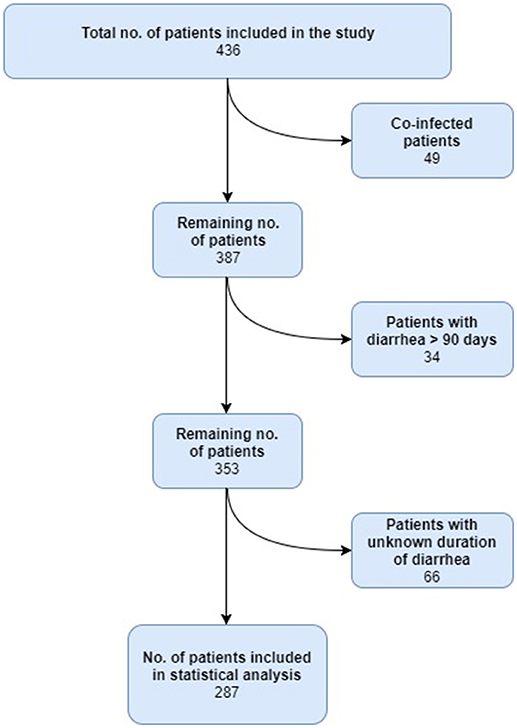


Frontiers Characterization Of Diarrheagenic Enteroaggregative Escherichia Coli In Danish Adults Antibiotic Treatment Does Not Reduce Duration Of Diarrhea Cellular And Infection Microbiology
This may cause symptoms like diarrhea (sign of a gastrointestinal infection) or frequent and burning urination (signs of a bladder infection) at the same time However, it is also possible for a problem in one tract may lead to a problem in the other tract and cause simultaneous symptoms like Ecoli may cause a UTI if it enters the urethraApparently, they can lengthen the duration of diarrhea, potentiateSymptoms can include abdominal cramping sudden, severe watery diarrhea that may change to bloody stools gas loss of appetite or nausea vomiting (uncommon) fatigue fever


Epidemiology Of Pathogenic Enterobacteria In Humans Livestock And Peridomestic Rodents In Rural Madagascar



Escherichia Coli Cancer Avenue
Symptoms Diarrhea, which may range from mild and watery to severe and bloody Stomach cramping, pain or tenderness Nausea and vomiting, in some peopleDiarrhea, which may be bloodyThe strains of E coli that make the toxin are sometimes called STEC, which is short for "Shiga toxinproducing E coli" One especially bad strain, O157H7, can make you very sick It causes
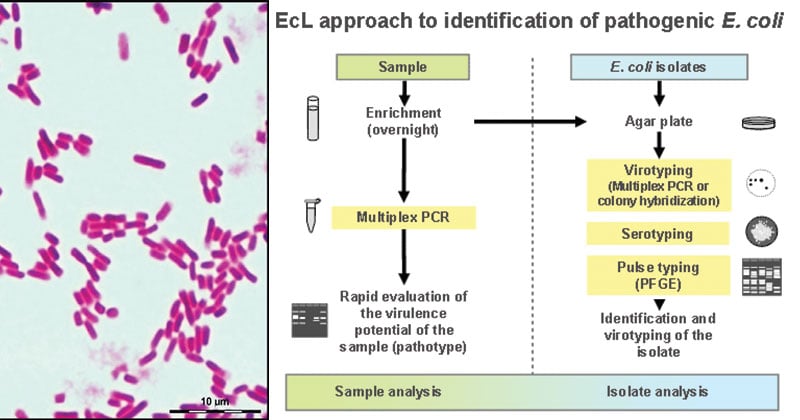


Escherichia Coli E Coli An Overview Microbe Notes



Infectious Diarrhea Anesthesia Key
More than 90,000 people experience an E coli infection every year E coli is a bacteria found in the intestines of humans and all warmblooded animals Infections send more than 3,000 people to the hospital every year E coli symptoms include loss of appetite, nausea, gas and flatulence, chronicRarer E coli symptoms of a severe infection include Reduced urine output dark in color sometimes with blood in the urine Bruising Pale skin
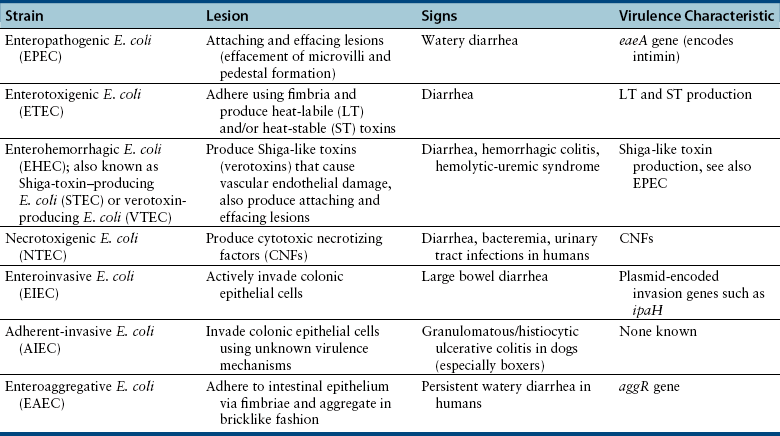


Enteric Escherichia Coli Infections Veterian Key
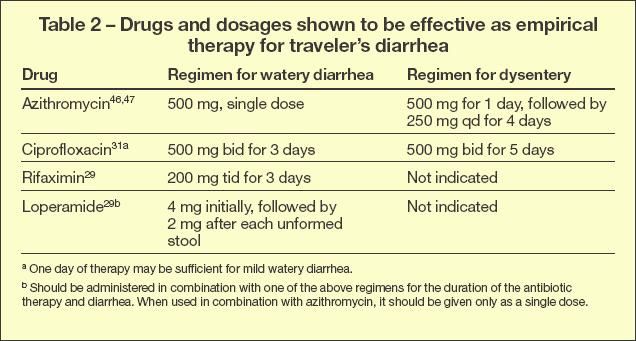


Escherichia Coli In Traveler S Diarrhea
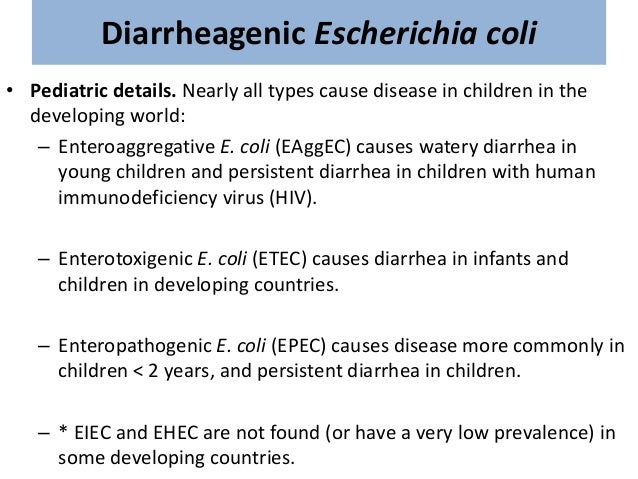


Approach To Acute Diarrhoea
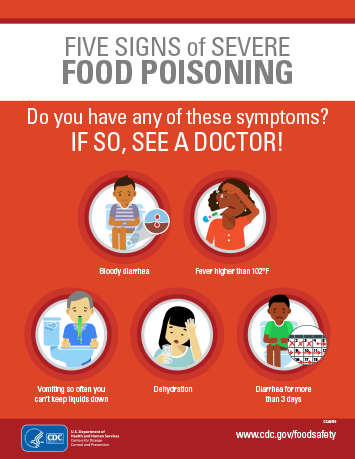


Food Poisoning Symptoms Cdc



Diarrhea Acute Cancer Therapy Advisor
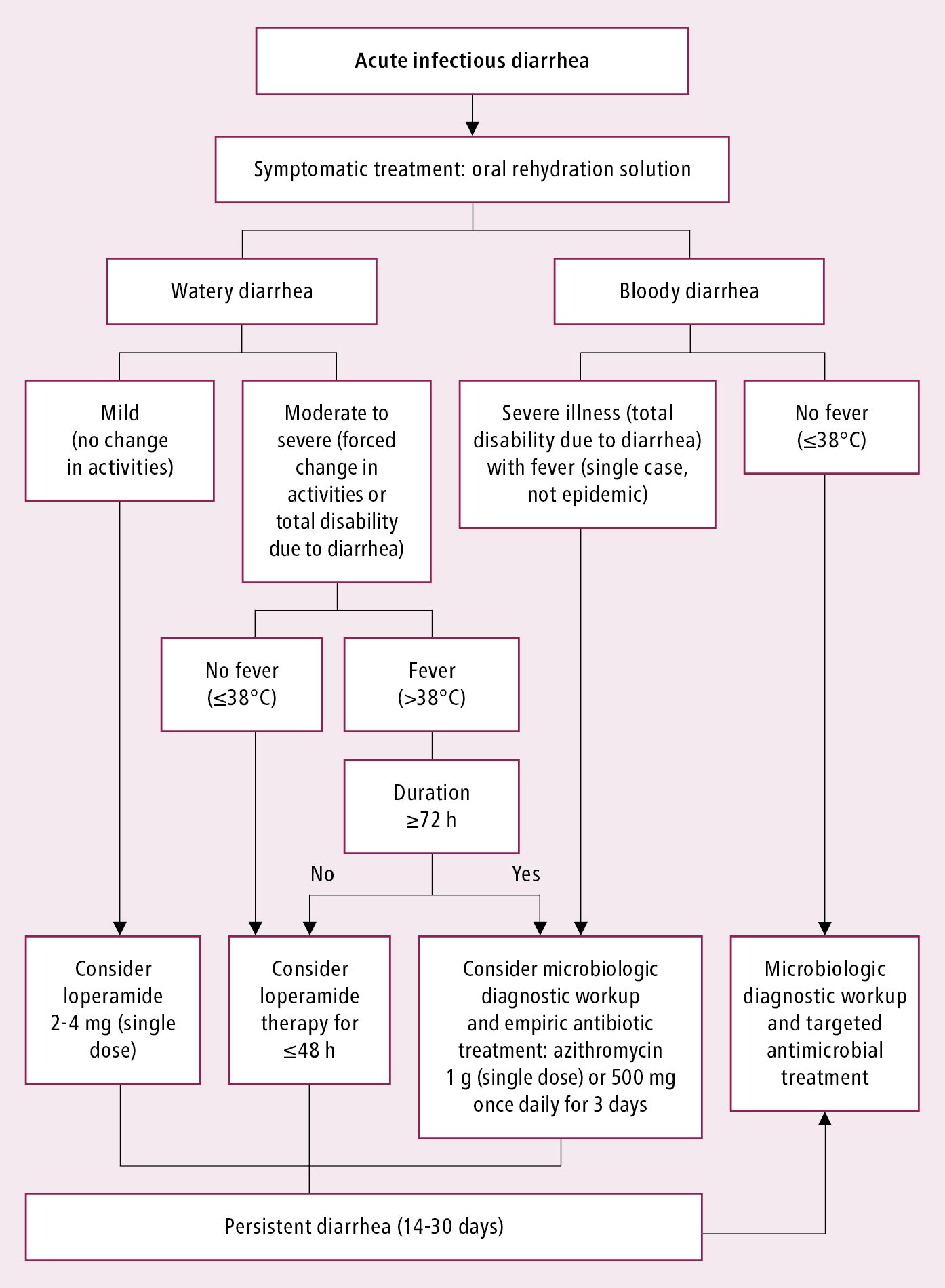


Acute Infectious Diarrhea General Considerations Gastrointestinal Infections Intestinal Diseases Gastrointestinal Diseases Gastroenterology Diseases Mcmaster Textbook Of Internal Medicine
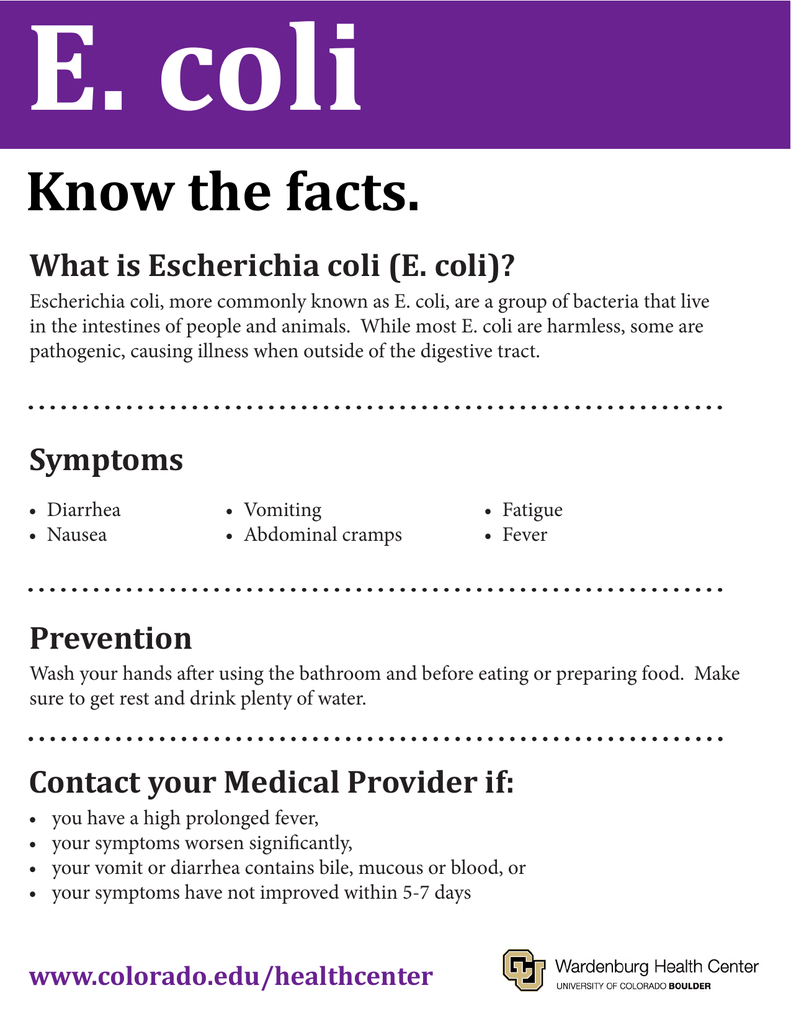


E Coli


Pathogenesis Ecl The Escherichia Coli Laboratory
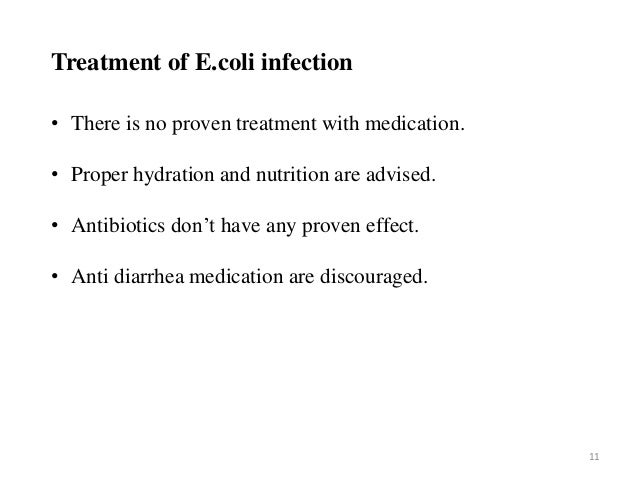


Salmonella And E Coli Infection



Diagnosis And Management Of Foodborne Illness American Family Physician



An Outbreak Of Escherichia Coli O157 H7 Infections Among Visitors To A Dairy Farm Nejm



Escherichia Coli And Food Safety Intechopen



Escherichiosis



Acute Bloody Diarrhea A Medical Emergency For Patients Of All Ages Gastroenterology
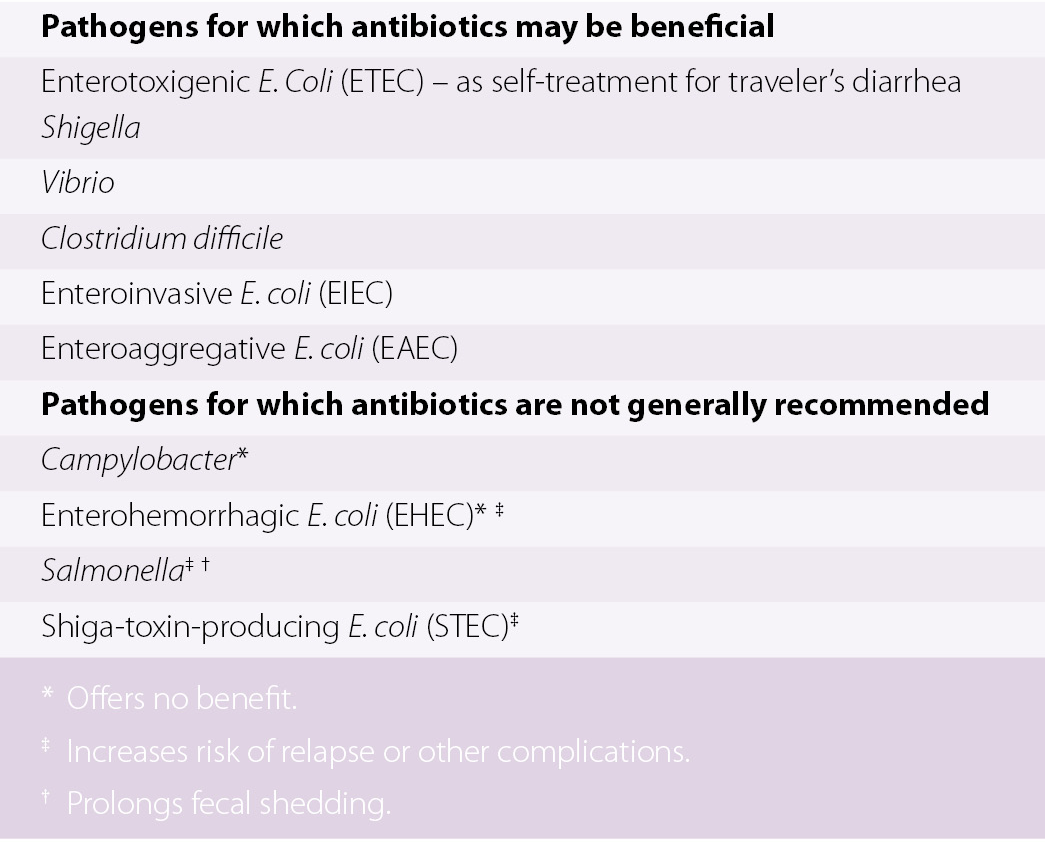


Acute Infectious Diarrhea Chapter 26 Emergency Management Of Infectious Diseases



Infectious Diarrhea When To Test And When To Treat Cmaj
/eColi87296113-56a9c2705f9b58b7d0febf6f.jpg)


Preventing Escherichia Coli E Coli Infection In Dogs


Prevalence Of Diarrheagenic Escherichia Coli In Children With Diarrhea In Salvador Bahia Brazil



The Patient Presenting With Acute Dysentery A Systematic Review Journal Of Infection



Acute Intestinal Infections Lecturer Ass Prof Gorishna I L Ppt Download



Diarrheagenic Escherichia Coli Clinical Microbiology Reviews



Acute Infectious Diarrhea Chapter 26 Emergency Management Of Infectious Diseases



E Coli Lectur Revised Alpana



Symptoms Of An E Coli Infection Everyday Health



Complications Of E Coli Infection About E Coli


Intermountainhealthcare Org Media Files Health Info Germwatch Gastroenteritis Stec Pdf La En



Traveler S Diarrhea American Family Physician



Epidemiology And Clinical Manifestations Of Enteroaggregative Escherichia Coli Clinical Microbiology Reviews
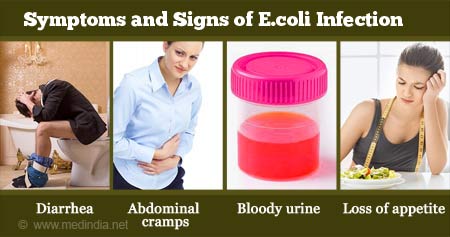


E Coli Infection Escherichia Coli Infection Causes Diagnosis Symptoms Treatment Risk Factors Prevention
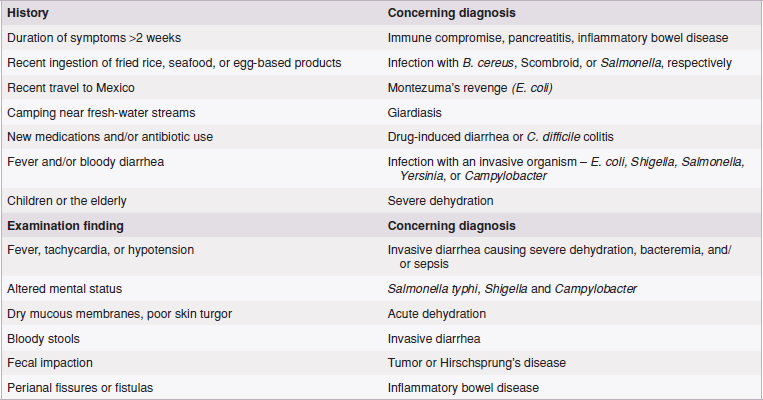


Diarrhea Chapter 22 An Introduction To Clinical Emergency Medicine



E Coli O104 H4 Outbreak And Haemolytic Uraemic Syndrome Medicina Intensiva



Table 1 From A Review Of The Pathophysiology And Treatment Of Shiga Toxin Producing E Coli Infection Semantic Scholar
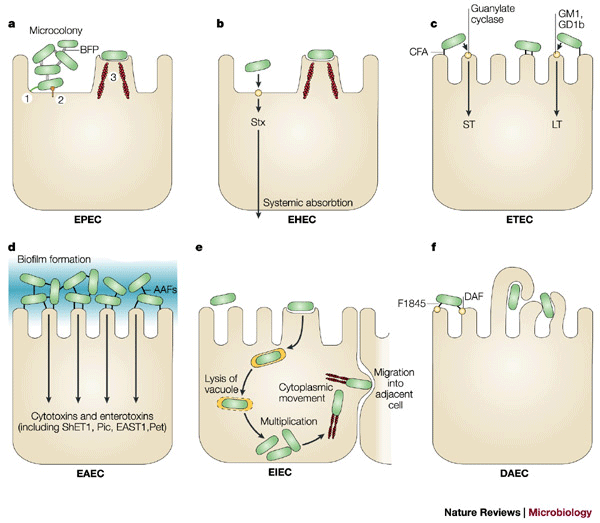


Pathogenic Escherichia Coli Nature Reviews Microbiology



Patient First The Cdc Reports A Multistate E Coli Outbreak Effecting 4 States Linked To Ground Beef Check Out Our Infographic To Learn E Coli Symptoms Ecoli Ecolibreakout Ecolisymptoms T Co C1ix5un818
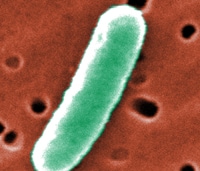


Enterotoxigenic E Coli Etec E Coli Cdc



Beating E Coli What Are You Doing To Break The Chain Of Infection Public Health Matters
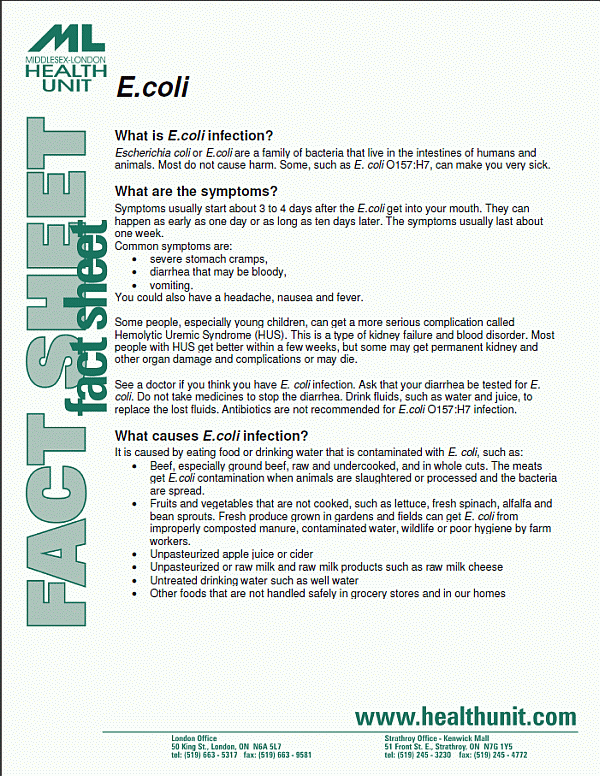


E Coli Middlesex London Health Unit
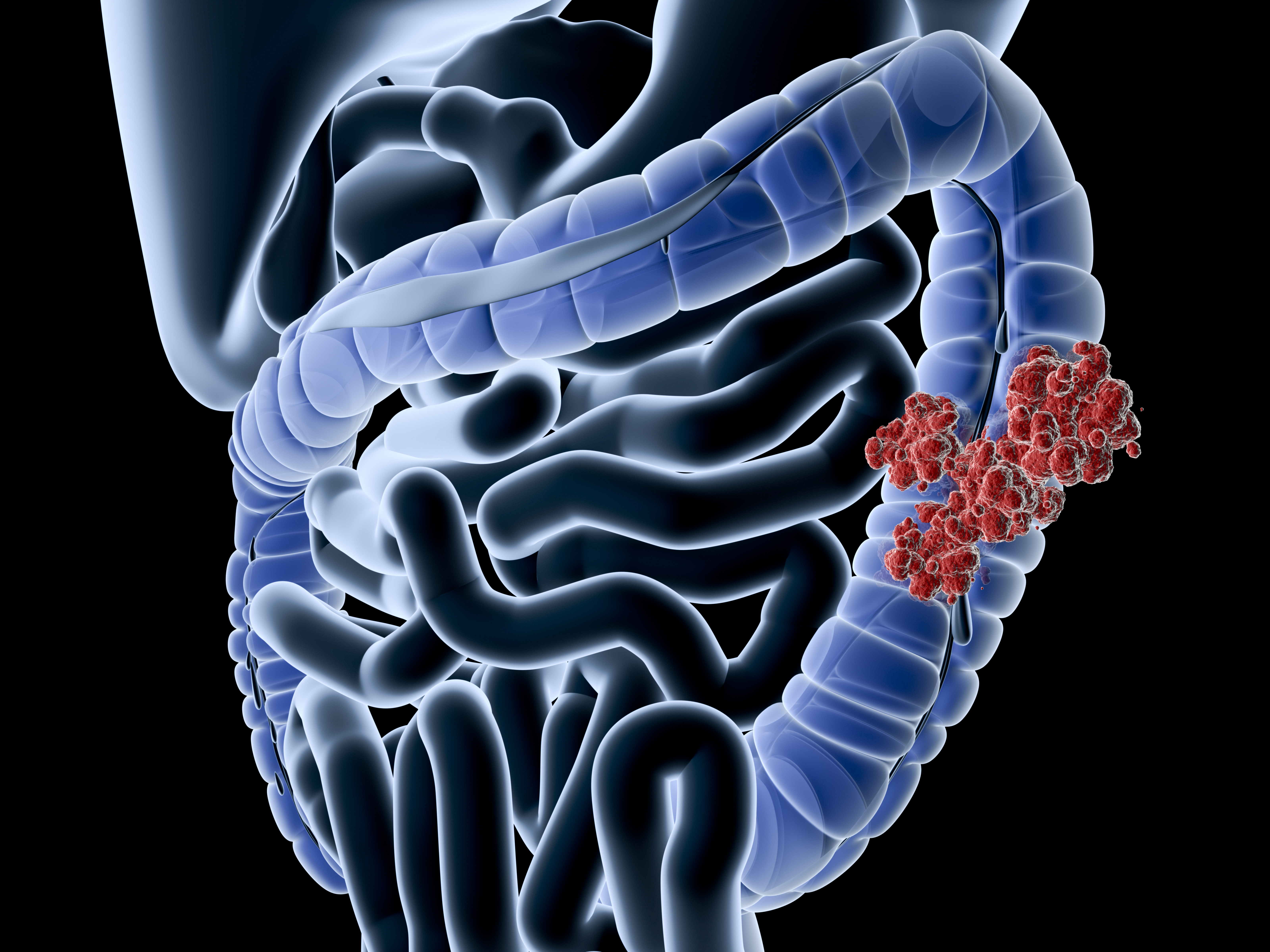


Intestinal E Coli Infections Sepsis Alliance


Q Tbn And9gcslsgo3mu8lchqqv7mr4eh77wqaxptz5zr Hlgglqugairxkj7g Usqp Cau



How E Coli Bacteria Can Harm Your Kidneys American Kidney Fund Akf
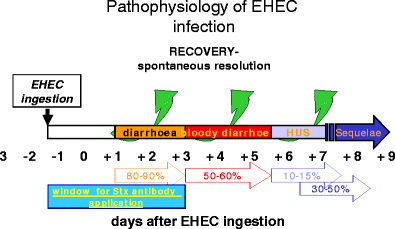


Treatment And Outcome Of Shiga Toxin Associated Hemolytic Uremic Syndrome Hus Springerlink



Escherichia Coli Infections American Academy Of Pediatrics



Fast Detection Of Pathogenic Escherichia Coli From Chicken Meats Intechopen


Illinois E Coli Foodborne Illness Cases In Winnebago County Outbreak News Today



Cdc New E Coli Outbreak Cdc Partners Are Investigating To Identify The Food That Is Making People Sick If You Have Severe E Coli Symptoms Call Your Healthcare Provider



Bloody Stools In Adults Stools Item



Virulence Factors Prevalence And Potential Transmission Of Extraintestinal Pathogenic Escherichia Coli Isolated From Different Sources Recent Reports Gut Pathogens Full Text



Diagnosis And Treatment Of Acute Or Persistent Diarrhea Gastroenterology
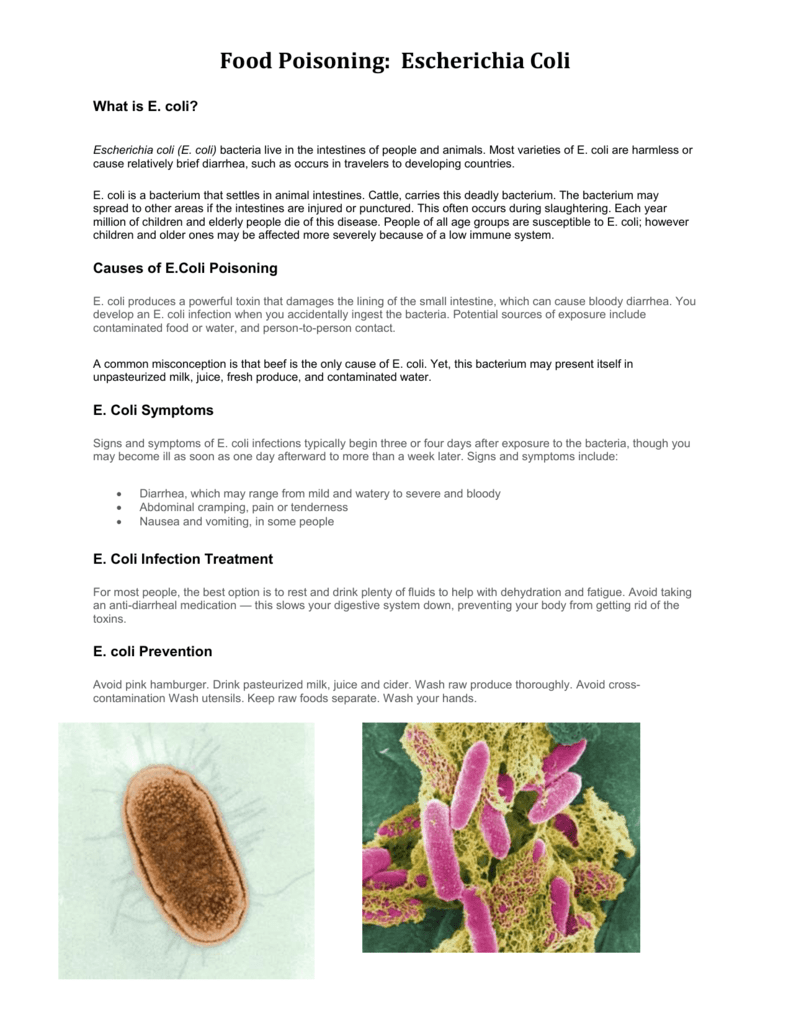


Food Poisoning Escherichia Coli



Acute Diarrhea In Adults American Family Physician



Acute Infectious Diarrhea Nejm


Jhsph Ocw


Pathogenesis Ecl The Escherichia Coli Laboratory



Potential Sources Of Bias In The Use Of Escherichia Coli To Measure Waterborne Diarrhoea Risk In Low Income Settings Ercumen 17 Tropical Medicine Amp International Health Wiley Online Library
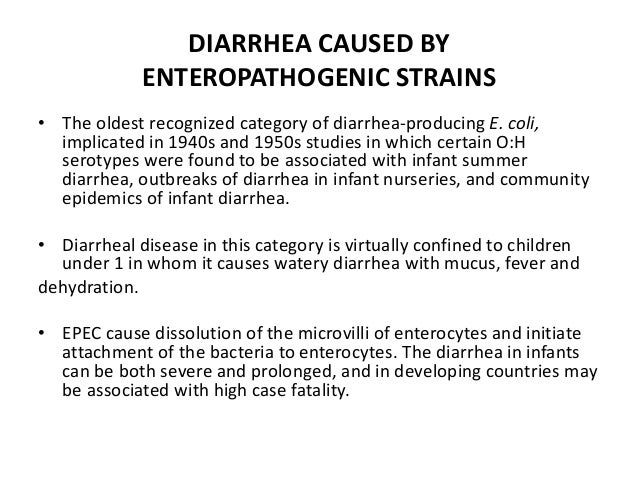


E Coli


Q Tbn And9gcrcifwi0q2pm5o1r2515peyxjlq4mgsfeoskn3xwczxmy2p E65 Usqp Cau


Q Tbn And9gctiujzsc 7svicomnsrrtalvi0oi2xr1qxc8tl54eebot Pknkh Usqp Cau



32 States Involved In E Coli Outbreak Is Yours One Andrews Thornton


Www Dhs Wisconsin Gov Publications P094 Pdf



Acute Diarrhea In Adults American Family Physician
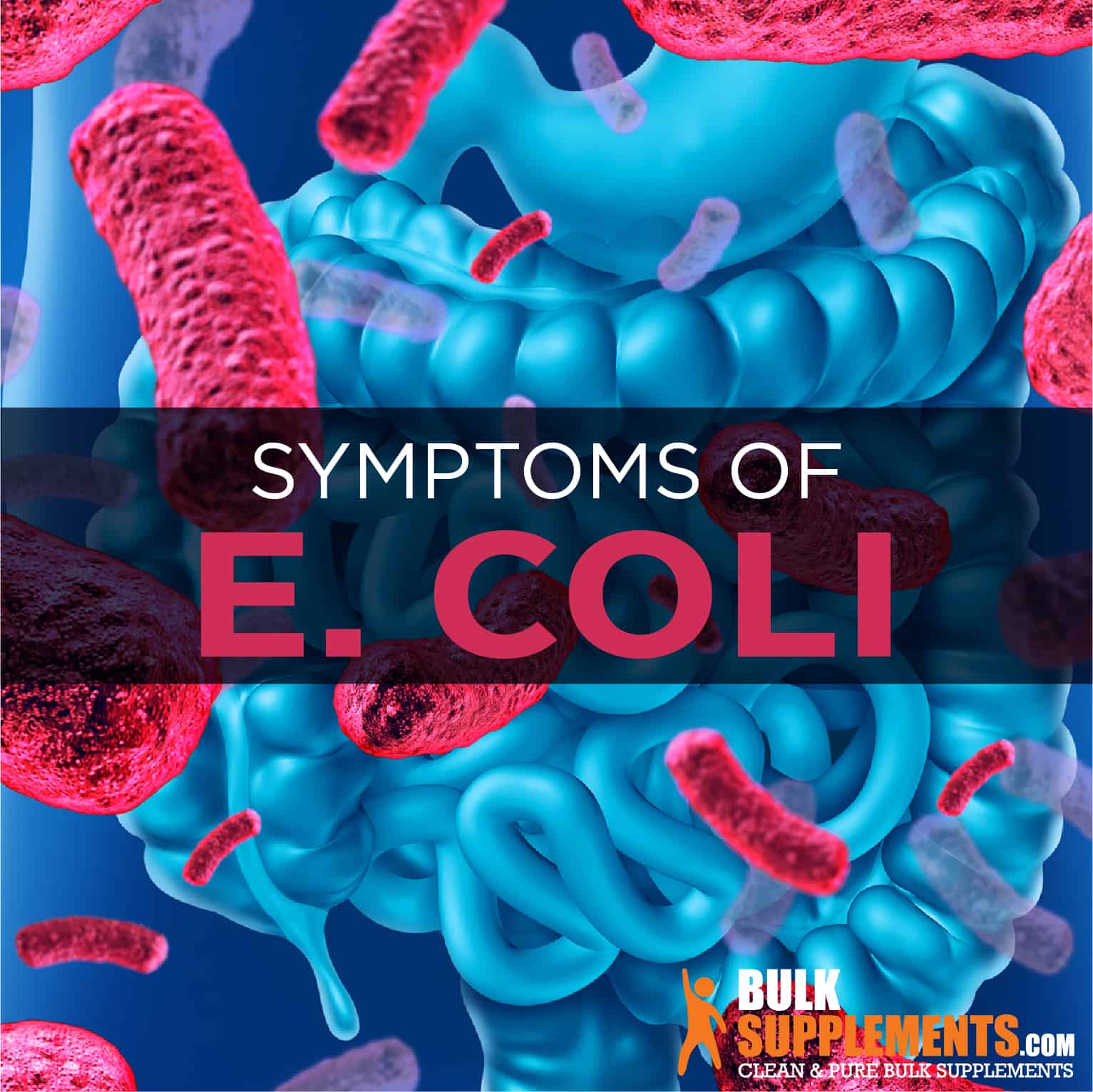


E Coli Infection Symptoms Causes Treatment Bulksupplements Com


Www Hennepin Us Media Hennepinus Residents Health Medical Infectious Diseases Fact Sheets Ecoli Provider Fact Pdf


Intermountainhealthcare Org Media Files Health Info Germwatch Gastroenteritis Etec Pdf La En


Www Sfcdcp Org Wp Content Uploads 18 01 E Coli Fact Sheet Id812 Pdf


Infections Due To Escherichia Coli And Other Enteric Gram Negative Bacilli Part 1



Recent Advances In Understanding Enteric Pathogenic Escherichia Coli Clinical Microbiology Reviews



E Coli O157 H7 Fact Sheet



Pin On Health
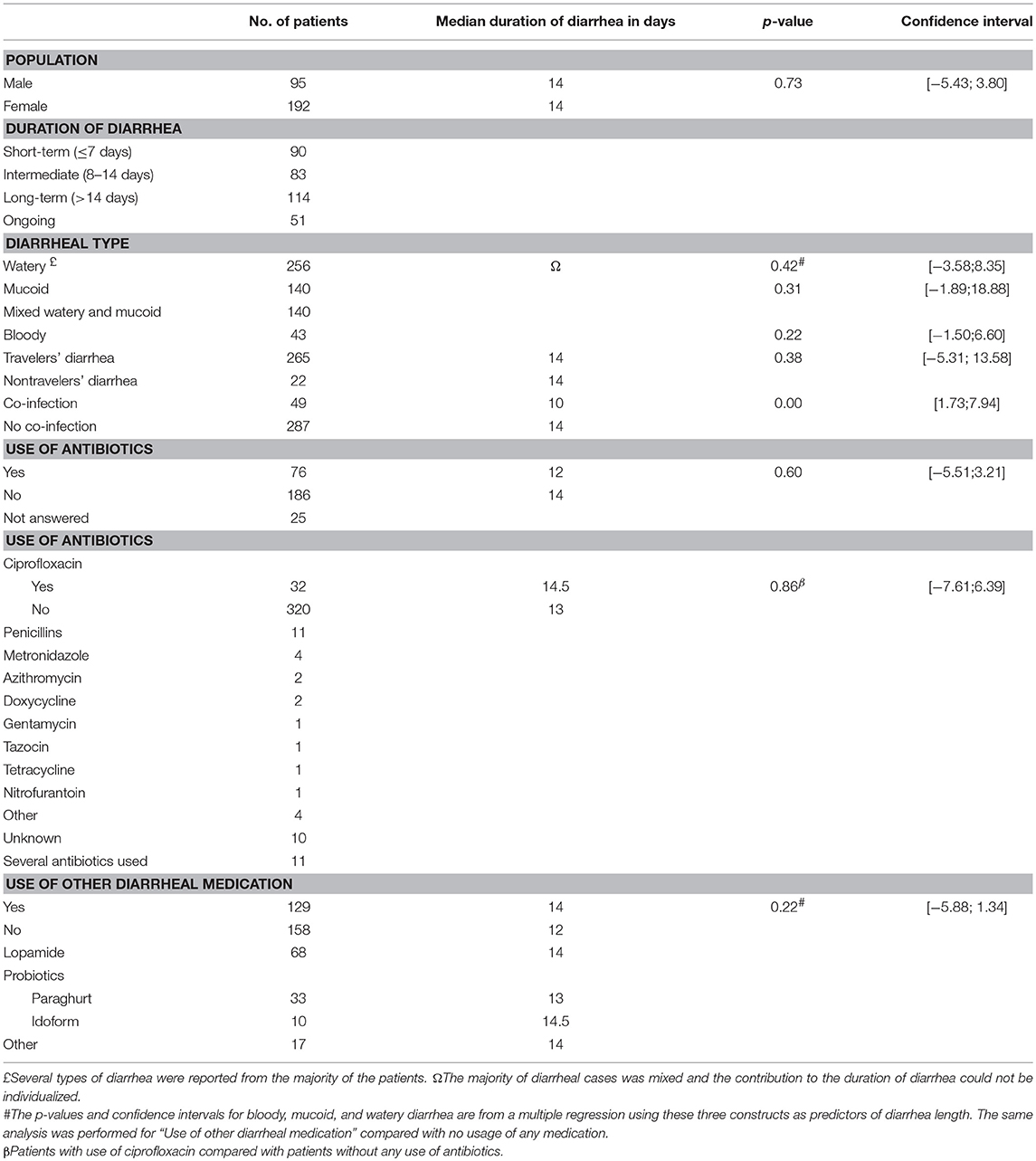


Frontiers Characterization Of Diarrheagenic Enteroaggregative Escherichia Coli In Danish Adults Antibiotic Treatment Does Not Reduce Duration Of Diarrhea Cellular And Infection Microbiology



Diagnosis And Management Of Foodborne Illness American Family Physician
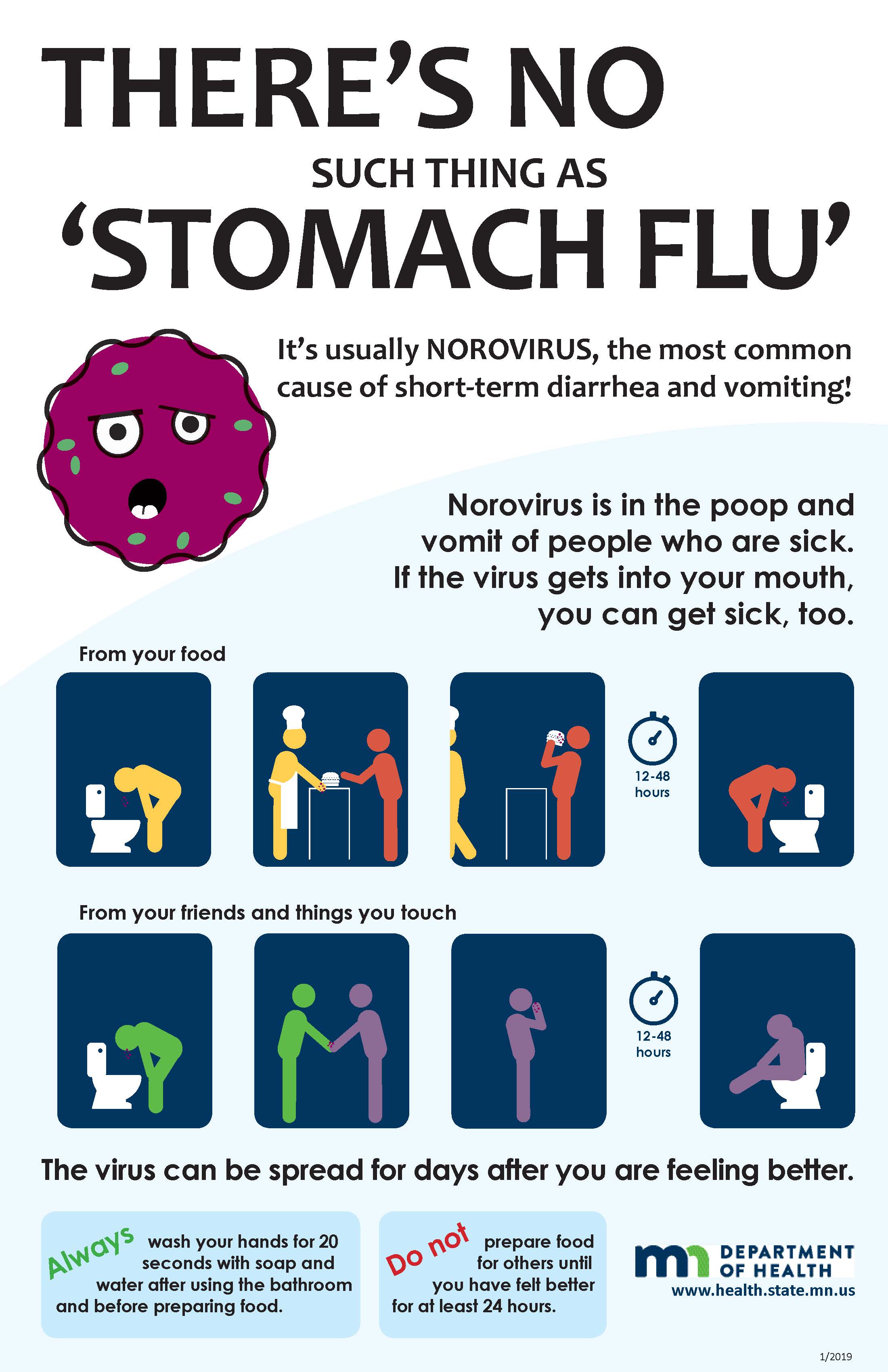


E Coli O157 H7 And Hus Fact Sheet Minnesota Dept Of Health



The Central Market In Bangalore India Food Safety Standards Barely Exist In Most Of The Developing World Ppt Download
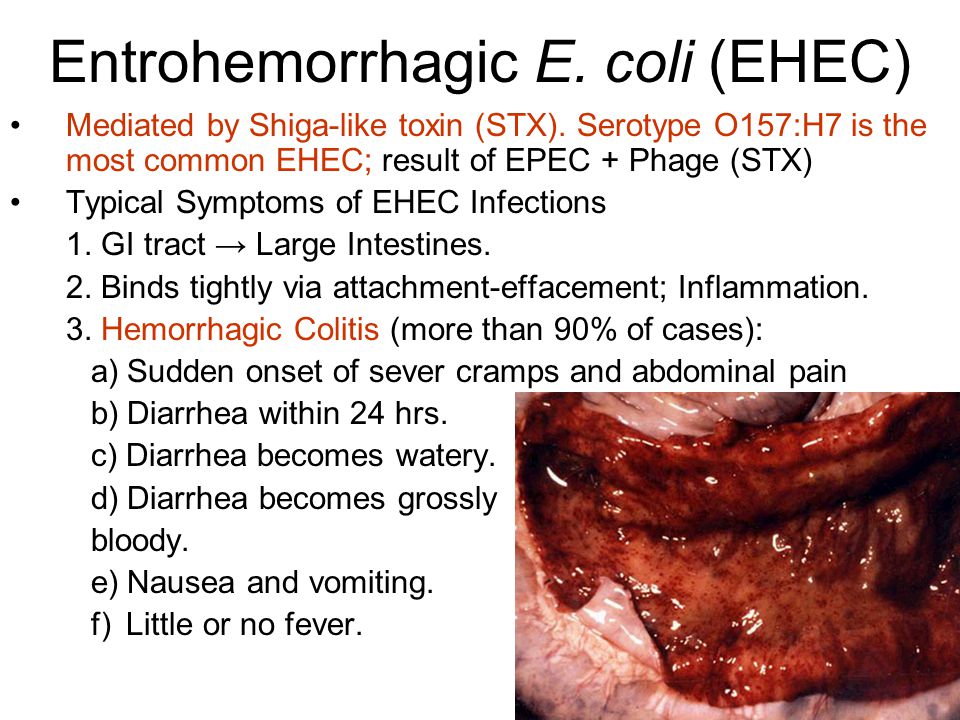


Shuzo Kaneko Andrea Tu Vipin Sandhu Ppt Download



E Coli Infections



25 E Coli Infectious Early And Later Symptoms Treatment And Prevention



Acute Diarrhea In Adults American Family Physician


コメント
コメントを投稿